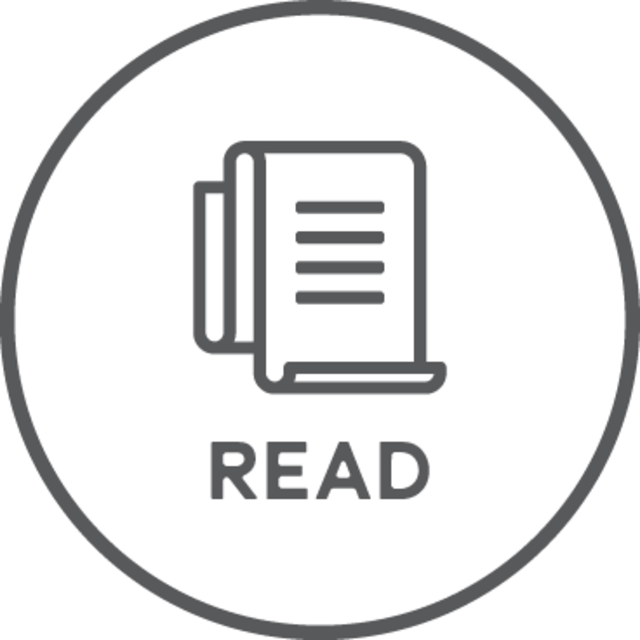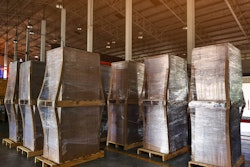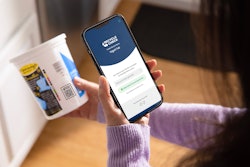As Vice President Global Foods Packaging for PepsiCo, Yolanda Malone is at the epicenter of packaging innovation for the company’s Frito-Lay and Quaker Oats divisions. In this Q&A, Malone discusses PepsiCo’s strategy to engage multiple technologies to reach its sustainable packaging goals.
Packaging World:
Do you know what percentage of PepsiCo’s food packaging is rigid? What percentage is flexible?
Yolanda Malone:
We’re always innovating, so I don’t have accurate percentage numbers I can share with you today. The good news is, we do have a broad portfolio, and part of that is looking across that portfolio, which will probably impact many of the [PepsiCo Positive, or pep+] goals we are trying to reach. So when we talk about our packaging being 100% recyclable, compostable, biodegradable, or reusable by 2025, we will have packages that fall into the recyclable bucket, we’ll have some that are compostable. We’re also looking at reusable. We work globally out of the center, and so my teams around the world are looking across all those avenues.
Do you know how much of PepsiCo’s greenhouse gas emissions are coming from your food packaging?
What I can tell you is we have a holistic GHG commitment, and the good news is we’re going to be net zero. Our goal is by 2040, 10 years sooner than the Paris Agreement. And it’s not just packaging, it’s big picture, it’s holistic from a PepsiCo standpoint.
I understand that one of PepsiCo’s goals is to use 50% recycled content in your plastic packaging by 2030. Are there more challenges related to using recycled content in food packaging than there are for beverage packages?
Yes. Our primary concern, especially from an engineering standpoint, is food safety. And so if we’re looking at any type of recycled content, we need to ensure that how much we put in and where we put it will meet food safety guidelines. That’s what we work towards because we need to make sure that when the consumer does get the product, not only is it safe to consume, but it’s also fresh.
There is so much happening in chemical recycling technology, which offers a solution for recycling petroleum-based flexible packaging. Meanwhile, PepsiCo is pursuing compostable packaging. So is it an either/or, or does chemical recycling have a place for you as well?
Regulations could go many different ways. And like I said, we’re a global hub. So we’re working to make sure that our end-of-life solutions can meet multiple needs—be it chemical recycling or compostable or biodegradable home composting, and even reuse—and putting those in our toolkit.
Might chemical recycling be an opportunity for PepsiCo to get more recycled content for food packaging?
Absolutely. I think that’s what all of us, even in our different partnerships and the consortiums we are a part of, are looking at—how do we actually get the material back and sort it? So there’s a lot of work underway to make sure we can sort and be able to reuse the material.
[To advance chemical recycling], we’ve been involved with the Alliance to End Plastic Waste, the Perfect Sorting Coalition, and several others, such as Closed-Loop Partners, with some of the work they’re doing. Because, as I said before, we need other partners on the journey to answer the questions together. That’s how the technology will grow and support us and support the needs of better end-of-life scenarios.
How have consumers responded to the new plant-based, compostable bag for Frito-Lay’s Off The Eaten Path brand?
People love it; it actually embodies a holistic piece for our consumers. It’s a better product, it’s a healthier product—it’s legume with chickpea—and now it’s also something that’s compostable for those consumers who are looking not just for a great product, but also packaging they can feel good about.
I was at recycling conference recently where someone said that compostable packaging is just fancy garbage because there isn’t enough of an industrial composting infrastructure to handle it right now. What is your response to this viewpoint?
We understand their concerns. We don’t take them lightly, which is why our Greenhouse Learning Center is a place where we can educate our partners. We also go to their sites and talk to them. The Composting Consortium that we’re a part of today, the US Composting Council is a part of that as well. So we’re having open dialogue in these collaborations so that if someone has a concern, we want to hear it. We want to understand it. We’ve seen their concerns, and we want to mitigate those.
I would imagine your current snack packaging is fairly well optimized, but are there things you’re looking at that could even further enhance its functionality?
We’re always looking at new materials and optimization and what emerging technologies are bringing. We are always on the hunt to test, to analyze, to see if there’s any further benefit that we could bring with the package to even the existing package. For example, with our compostable package, we’re looking at biodegradable adhesives and other things in the laminations to ensure we get better at shelf life, get better at protection, get better at biodegradation.
Are you looking at multilayer, mono-material films so that some of your packaging could be store drop-off recyclable?
To do all the things our flexible package does, we need multi layers. Making those layers so that they can be closer to a homopolymer is work we’ve been looking at. You still want to collect it so that it can prove out on the back end, so we need to ensure, whether it be Europe that’s asking for some guidelines in the material or we make it here in the U.S., we’re going to be working on the right solutions to fit any of those requirements because we want to adhere to whatever standards are being set. Our goal and our job, ultimately, is to ensure food safety. So, if it doesn’t keep the food safe, we’re not doing it. But all those technology spaces are open for investigation and proof for us.
At the recent SnaxPo conference, Rob Cotton (R&D Director – Packaging Sustainable Materials for PepsiCo) gave a presentation and talked about Kaneka as one of your suppliers. Do they supply the biopolymer for the Off The Eaten Path bag?
Kaneka is a partner we’re working with, but we’re working with many suppliers. That’s why we have the screening process [at the Greenhouse Learning Lab], because you need an ecosystem. We have a pretty large portfolio here, so we need many suppliers.
What’s a benefit, especially in this space, are companies that also have a sustainable belief. It’s built into their DNA. Those are the types of companies we like to partner with because then we get really robust discussion. We get really deep science in the thinking. And because they also have the passion to believe in protecting the planet and having a brighter future. That’s refreshing in this space. For me and for my engineers, foundationally, we do want planet with no waste.
To conclude, can you point to a sustainable packaging win other than the new Greenhouse Learning Lab you’ve had of late?
We launched our multipack package. We got rid of the plastic outer bag, so now it’s a corrugated or paper outer box. Consumers love it. It used to be a sack, now it’s a lovely box. It communicates well to the consumers, it’s clear. We got rid of the plastic. So for us it was huge. I mean, I know it sounds like a broken record, but to be able to sell that for consumers and have a holistic conversation about great products and great packaging together, for us, it’s amazing.


























